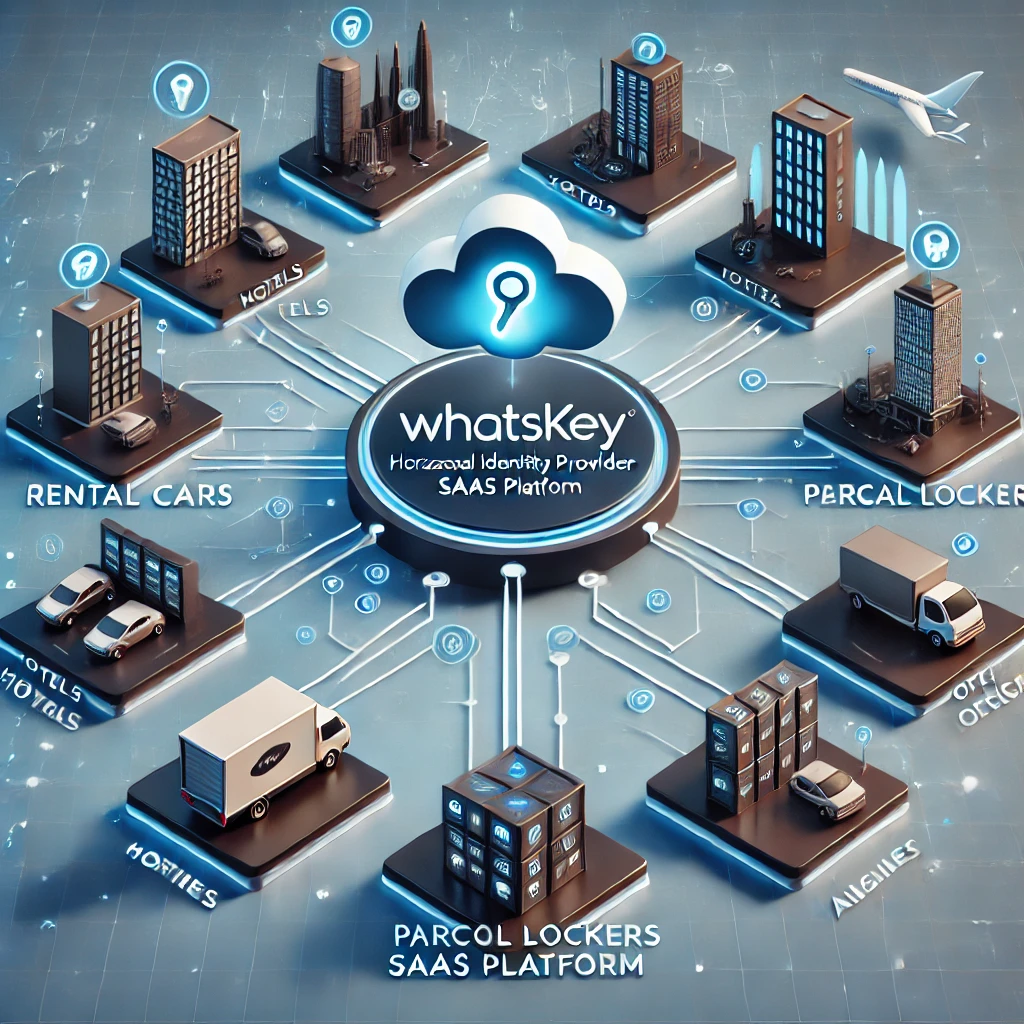Disclaimer: we took a deep dive into our data, and let’s be honest, some keywords are just begging to be made fun of. Get ready for a laugh riot inspired by our top 200. Enjoy the ride!
In the bustling city of Cybertropolis, a company named WhatsKey Inc. implemented a new multi-factor authentication (MFA) system to enhance cybersecurity and prevent identity theft. Employing the latest in biometric authentication systems, including fingerprint recognition and facial recognition, the company embraced a blend of asymmetric encryption and digital signatures to ensure complete identity solutions.
As employees registered for the system, their biometric data was securely stored using end-to-end encryption and protected by robust identity policy frameworks. The integration of behavioral biometrics further boosted fraud prevention, ensuring that only authorized users could access sensitive data through seamless experiences.
With role-based access control (RBAC) and identity federation via federated identity providers, WhatsKey Inc. managed to provide a balance of security and effortless access. The advanced identity and access management (IAM) solutions also featured liveness detection, minimizing risks of biometric spoofing and impersonation.
Additionally, non-repudiation was a cornerstone of their security protocol, ensuring that once a transaction was committed, neither party could deny its occurrence. Throughout the process, the IAM team monitored key management and encryption protocols, maintaining the security standards mandated by compliance guidelines. As a result, WhatsKey Inc. emerged as a model for innovative cybersecurity practices, proving that with the right identity verification methods and access policies, a company could secure its operations effectively without compromising usability.






